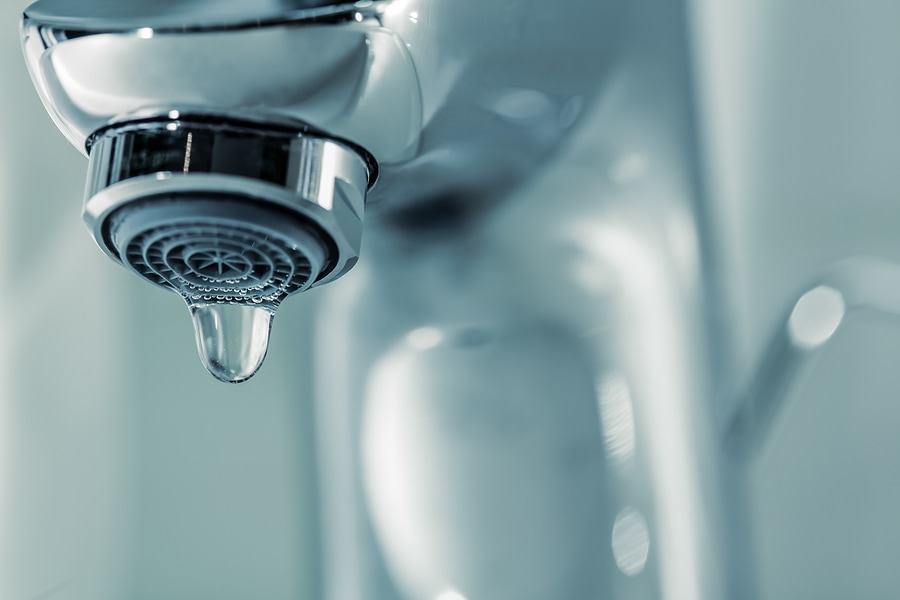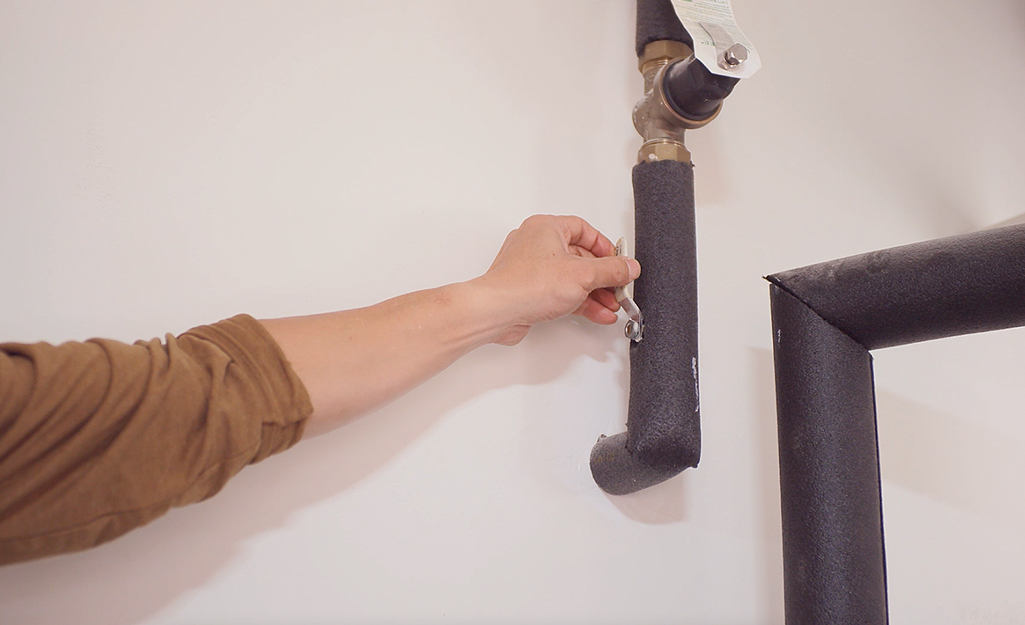Why It's Essential to Address a Faulty Faucet
Why It's Essential to Address a Faulty Faucet
Blog Article
We have noticed this great article relating to How to Fix a Dripping or Leaky Faucet down the page on the web and thought it made perfect sense to share it with you on my blog.

Leaking taps could seem like a minor hassle, however their impact exceeds just the nuisance of the audio. From drainage to incurring unnecessary financial costs and wellness threats, overlooking a trickling tap can cause different repercussions. In this short article, we'll delve into why it's crucial to address this typical household problem without delay and properly.
Wastage of Water
Ecological Impact
Dripping taps add significantly to water wastefulness. According to the Epa (EPA), a single faucet trickling at one drip per secondly can squander more than 3,000 gallons of water per year. This not only stress water resources but additionally impacts communities and wildlife depending on them.
Step-by-Step Guide to Dealing With a Dripping Faucet
Devices Needed
Prior to attempting to fix a leaking tap, gather the essential tools, consisting of an adjustable wrench, screwdrivers, substitute components (such as washing machines or cartridges), and plumber's tape.
Common Tap Issues and Their Solutions
Identify the kind of tap and the specific problem creating the drip. Common problems include damaged washing machines, rusty valve seats, or defective O-rings. Describe maker guidelines or online tutorials for step-by-step assistance on repair services.
Financial Expenses
Boosted Water Costs
Past the ecological effect, leaking faucets can inflate water costs significantly. The collected waste in time translates into greater energy expenses, which could have been stayed clear of with prompt repair work.
Potential Home Damage
Moreover, long term leaking can lead to harm to fixtures and surface areas surrounding the tap. Water accumulation can create staining, deterioration, and even structural concerns if left ignored, leading to added repair expenses.
Wellness Issues
Mold And Mildew and Mold Growth
The continuous visibility of wetness from a trickling faucet creates a suitable setting for mold and mildew growth. These fungis not just endanger interior air top quality but additionally pose wellness risks, specifically for people with respiratory conditions or allergies.
Waterborne Illness
Stagnant water in leaking faucets can become a breeding ground for bacteria and other pathogens, raising the risk of waterborne illness. Pollutants such as Legionella microorganisms grow in stationary water, potentially bring about significant diseases when consumed or inhaled.
Do it yourself vs. Expert Repair work
Advantages and disadvantages of DIY Fixing
While some may try to take care of a trickling faucet themselves, do it yourself repair work feature their own collection of challenges. Without appropriate understanding and devices, do it yourself attempts can exacerbate the problem or cause insufficient fixings, lengthening the problem.
Benefits of Working With a Professional Plumber
Hiring an expert plumber makes sure that the underlying reason for the trickling faucet is dealt with successfully. Plumbers have the knowledge and devices to identify and repair tap issues effectively, conserving time and minimizing the danger of more damages.
Ecological Responsibility
Individual Contribution to Preservation
Taking duty for repairing trickling faucets aligns with more comprehensive initiatives towards water conservation and environmental sustainability. Every person's actions jointly make a substantial effect on preserving priceless resources.
Lasting Living Practices
By prioritizing prompt fixings and embracing water-saving habits, individuals add to sustainable living methods that benefit both present and future generations.
Safety nets
Routine Upkeep Tips
To prevent leaking taps, carry out regular upkeep such as cleaning aerators, evaluating for leaks, and replacing damaged components without delay. Additionally, think about setting up water-saving tools or updating to much more reliable fixtures.
Value of Prompt Fixes
Addressing dripping faucets as soon as they're discovered avoids further water wastage and potential damage, ultimately conserving both water and cash in the future.
Influence On Home Value
Assumption of Well-Maintained Building
Maintaining a home in good condition, including dealing with maintenance problems like dripping taps, enhances its regarded value and desirability among prospective buyers or occupants.
Influence on Resale Value
Properties with properly maintained plumbing fixtures, including taps, command higher resale worths in the real estate market. Dealing with trickling faucets can contribute to a favorable impression during home examinations and negotiations.
Conclusion
Dealing with a leaking tap surpasses plain ease; it's an essential step toward conserving water, decreasing monetary expenses, and securing health and wellness and building. Whether via do it yourself repair services or expert support, taking action to deal with leaking faucets is a small yet impactful method to promote accountable stewardship of resources and contribute to a healthier, extra sustainable future.
Most Common Reasons for a Leaky Faucet and How to Stop the Drip
Whether it’s your kitchen faucet leaking or a bathroom faucet leaking, one leaky faucet can waste anywhere from three to 30 gallons of water every single day. If the constant drip-drip-drip doesn’t get your attention, your water bill will. The good news is that, by following a few simple steps, chances are pretty good you can fix the problem yourself.
Why is it dripping?
Before you start taking things apart, let’s break down some of the most common causes of a leaky faucet.
Bad O-ring.
A cartridge is a valve that controls the flow of water into the faucet spout. On cartridge faucets there’s an O-ring—the little disc attached to the stem screw that holds the faucet handle in place. If it’s loose or worn-out, it can cause your sink handle to leak. Of course, the cartridge itself could be worn out. If that’s the case, make sure you replace it with the exact same kind.
Corroded valve seat.
The valve seat connects the faucet and the spout. If the leak seems to be coming from the spout, it might be because a buildup of water sediment has corroded the valve seat.
Worn-out washers or seals.
A leaky spout could be caused by a bad washer that rests against the valve seat. It’s just a matter of time before friction takes its toll. It could also be the wrong size washer or one that’s been installed incorrectly. Water sediments can also corrode inlet and outlet seals.
Water pressure.
If the faucet only drips now and then, or when you turn the handles a certain way, you should probably check your home’s water pressure.
Loose or broken parts.
The adjusting ring and packing nuts in the stream screw can become loose over time, causing your sink handle to leak. Try tightening or replacing the packing nut. If the leak is coming from the pipes underneath the sink, you probably have a broken pipe or fitting. If that’s the case, you should definitely call a plumber.
Know your faucet.
Faucets come in a variety of types. Each one has its own assembly—and its own possible causes of leaks. Learning about the four most common kinds of faucets will help you know how to take them apart and make any repairs.
How to stop a leaky faucet
Fixing that leaky faucet doesn’t have to take a lot of time, money, or expertise. It’s usually a simple matter of replacing a worn-out washer or gasket, a loose O ring, or another part. Chances are really good you can do this yourself if you follow these simple steps.
Shut off the water.
Before you tackle the faucet, cut off the water supply to the sink. There should be one valve for hot and one for cold. Hand-turn them clockwise with your hands till they close. If there are no valves under the sink, head to the basement and shut off the main water supply to the house. Then turn on the faucet until it empties out the water that’s still in the line and you’re ready to start. It’s a good idea to cover the sink drain with a plug or a rag so you don’t lose any small pieces and parts while you’re working.

As an enthusiastic reader on Why It's Important to Fix Leaky Faucets, I was thinking sharing that chunk was essential. Sharing is nice. Helping others is fun. Thank-you for going through it.
Report this page